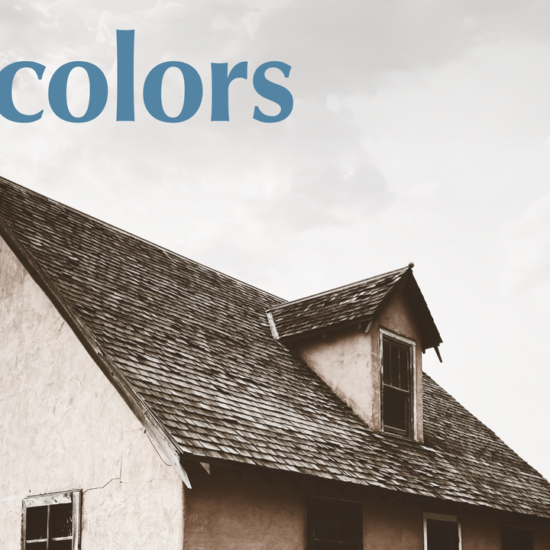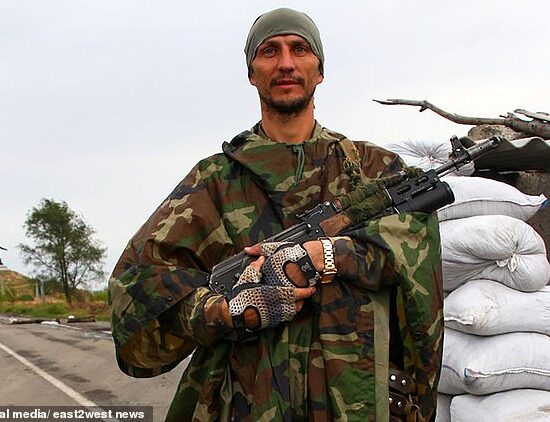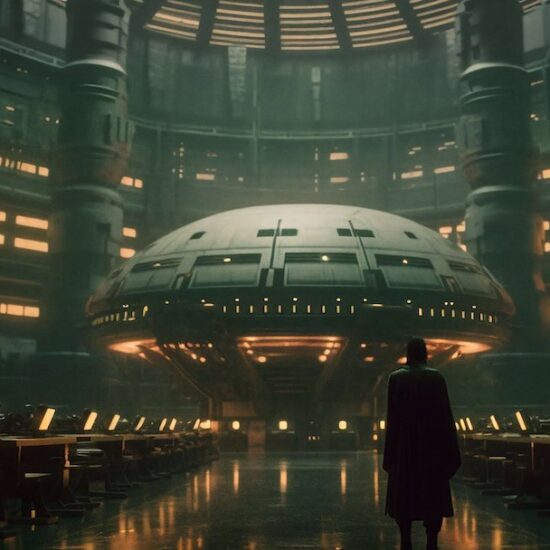
We thought it might be fun to have a change of pace, during this awards season, and accelerate into some high-octane automotive action! In this special guest post our friend, director and action design expert Lawrence Ribeiro and his team discuss the critical elements of assembling a dynamic, logistically feasible and—above all—safe car chase sequence. Here are five tips for filmmakers looking to put the pedal to the medal…
THE THREE B’s
When shooting, cars need to come toward the camera—not away from it. Of course, that’s not always possible. But since the theater screen or TV is only two-dimensional, you have to create an element of “danger” to simulate speed and excitement. So think of the Three Bs: Bullitt, Bond and Bourne.
In these films, roughly 60-70% of the chase sequence shots are of vehicles coming at the camera. These shots are harder to execute for the filmmaker, since the vehicles must be placed behind the camera—whether part of a camera car, van or just on sticks standing still with cars driving past.
Before 1968’s Bullitt, director Peter Yates did a film in England called Robbery—watch the car chase because you’ll see how Bullitt evolves some of these techniques with the use of a camera car.
The very first modern car chase sequence (if you don’t include the Keystone Cops) was Thunder Road, starring Robert Mitchum. Part One are on YouTube. It’s easier to break down the shots when the chase is simple. The Bourne Supremacy or Ultimatum is the “orchestra” version of a car chase. And the Fast series is what I call a “military-grade” car chase—a full-on assault.
TOY CARS
Try blocking out your chase sequence with Hot Wheels. This is a great $50 investment to get everyone on the same page. You can use chalk to make your own lanes on the sidewalk or on the road itself or simply use a coffee or dinner table. It will allow you to see the cars in action—camera car, hero car, etc.—all in miniature scale. This can take a few minutes, but it will manifest the problems or confusions quickly.
You’ll also see where the camera needs to be (incorporating our first tip), which will help with the budget in terms of the shot list. This isn’t rocket science, but it is a tool worth its weight in gold. Remember: there’s no room for error here, and time is money. I treat my shoots like a military operation. No step is missed or ignored.
EDITING
At this point, you should have an idea of how this should be edited. Don’t wait and see. Compartmentalize the chase into whatever you deem important—beginning, middle, end, high point, etc. I feel my strongest trait is that I see the edit while I’m shooting. This skill comes over time. The great reveal is after you edit, you see what shots you need. This comes with practice and will make you a better filmmaker.
SOUND DESIGN
With car chases, sound is like a hand in glove. You can’t have one without the other. If you were to turn the sound off your favorite car chase—Fast, Bourne, Bullitt—it would be rendered insignificant… it doesn’t matter how big the stunts are! You need to budget for sound and really consider what cars you will use. If you have a Corolla versus a Mustang, the sound and its effect on the audience will be affected, good or bad.
A good sound designer will have a library, but—this is really important—the sounds have to match the car. What does this mean? It means if you used a BMW or Honda but use Ferrari sounds it doesn’t work, and the audience will tune out. And if your target audience are car nuts, they’ll pick it apart no matter how clever your chase is.
A good way to estimate for this is to start with a rough structure of the chase, then allow maybe two or three single passes for the sound designer. Ideally you’re at picture lock. If you don’t have money for crashes and stunts, this is the best bang for your buck!
I highly recommend “listening” to The Bourne Identity. Those cars are not high-powered machines, but the Parisian sounds add so much texture and create realism and atmosphere. Pay attention, to the shifting, glass breaking, police sirens, etc. Training your ears now will help you with the sound design later on.
THE PRODUCERS
This is the most important and crucial element. I have nothing but respect for producers,
as they’re the glue holding everything together. But I have a policy—if the producer won’t listen, I move on, as it will be more trouble than the car chase itself!
I’ve worked in many different cultures and given Action workshops around the world across all industries—TV, studio movies, indie film, advertising. The most common thing I hear is that car chases or “stunts” are expensive. This is simply not true, but people haven’t been in an environment where they can learn and budget accordingly.
The most dangerous are the producers who “know” because they’ve done a bunch of films but haven’t done stunts or action. You don’t know what you don’t know.
WHAT NOT TO DO
Case in point: a major streamer asked me to oversee a TV series near the Middle East. There were 12-15 car chases alone, explosions, fights, etc – we live for this stuff!. Keep in mind this streamer develops local talent, meaning using talent from that country. Then they bring in a veteran from L.A., London, etc. to incorporate a Western production model.
On this project, however, the producer, director and DP had never done action or stunts. This was a problem. The writer had taken liberties on the car choices in the script, before the director and the stunt coordinator could have a conversation about it. You can work around this, but it’s best to touch base earlier in the process.
This project was shooting in the rain, at night, on cobblestone roads. Again, all these things are possible. But it adds danger. Cobblestones have no grip and act like ice. Adding rain amplifies that. Night lighting set-ups, the filming approach, etc. are different. This had been one my first questions: “Are there cobblestones?” The production team was not aware. The next week I received photos from locations—all cobblestones.
Now this is where it gets tricky… they’re shooting in December and January. Now, it’s reckless, as it’ll freeze at night time.
Then the schedule changes weekly or biweekly—nights and days. Most people are just not operating 100% when shooting overnights and then switch back to days. More than likely the stunt drivers can’t speak English. It was a lot of things starting to add up… and it’s the details that are important.
As further review, they sent pictures of the location. Where they planned to do the stunts was in the middle of nowhere—that’s fine, but now you need generators for lights and to bring in the rain machines. They would send me photos taken during the day, when ideally I would have seen some photos at night time as well.
When I pushed back on these items, the producer said she had “confidence” in the director and DP. Let me be very clear: this is not something you show up and start doing. Of course, the stunt coordinator is a key collaborator and will help, but the budget just wasn’t there—they were making expensive choices. If I was to say one thing…when you don’t have the budget, have the environment do the work!
After I expressed all this, the producer conceded that I train the DP. But you don’t know what you don’t know. So what can happen is, the camera crew can get white-eyed! Its speed, stunts, cars coming at them—and in this case on cobblestones, in the rain, at freezing temperatures.
There are work arounds—lenses, angles, editing, tires—but we didn’t get there on this project, and I wasn’t going to be the fall guy. The truth of the matter is, it’s producers who I should be working closely with and training. That is the future of action.
You can be smart and safe as well. Learning to recognize and implement this comes with experience.
THE FINISH LINE
Bonus tip: hire the most experienced stunt coordinator and stunt people you can. Precision drivers work with six feet… stunt drivers work with six inches and are always looking for the camera. They are trained to do such. They will get you the shots. You need to get it with as few takes as possible. My guys don’t need more than two takes… if it’s more than that, then it’s on us.
For Fast and Furious, those stunt performers are hand-picked. They got skills. They constantly train on their craft. My team needs to know cold three skills sets—driving, fighting, rigging—and for further reference, I would say this is more of a U.S. model. In Britain, they have a certification process and it is skill specific. In the American model, if you don’t have a big team or budget you can be clever and overlap those skillsets. Three performers then become like five.
Do your homework, watch movies, and be smart about this… and most of all be safe!
To learn more about Lawrence Ribeiro, visit his website. Check out Ribeiro’s Part Deux: The Chase to see these principals of car chase Action Realism in practice:
Film Independent promotes unique independent voices by helping filmmakers create and advance new work. To become a Member of Film Independent, just click here.
More Film Independent…
(Header: Bullitt)













